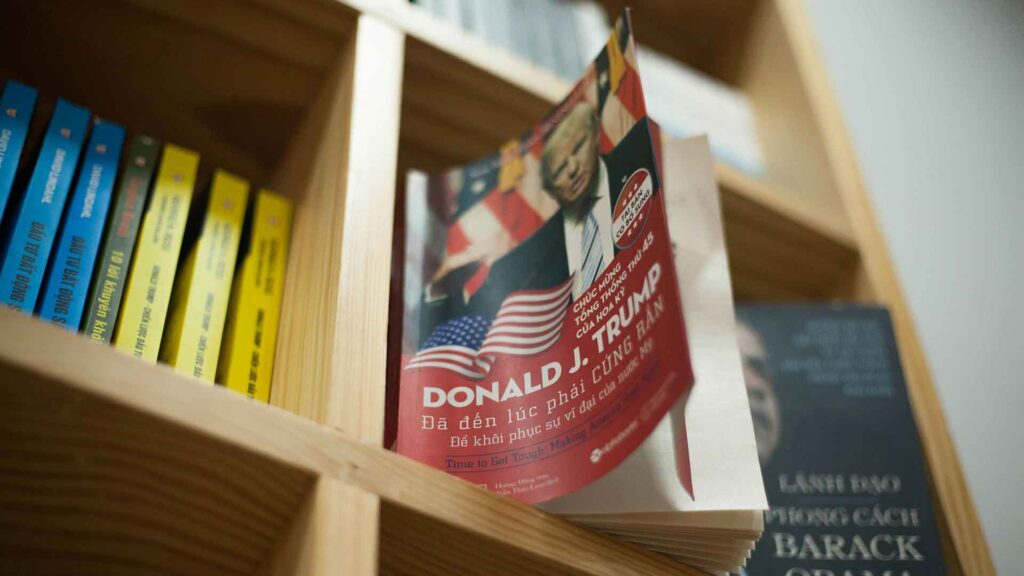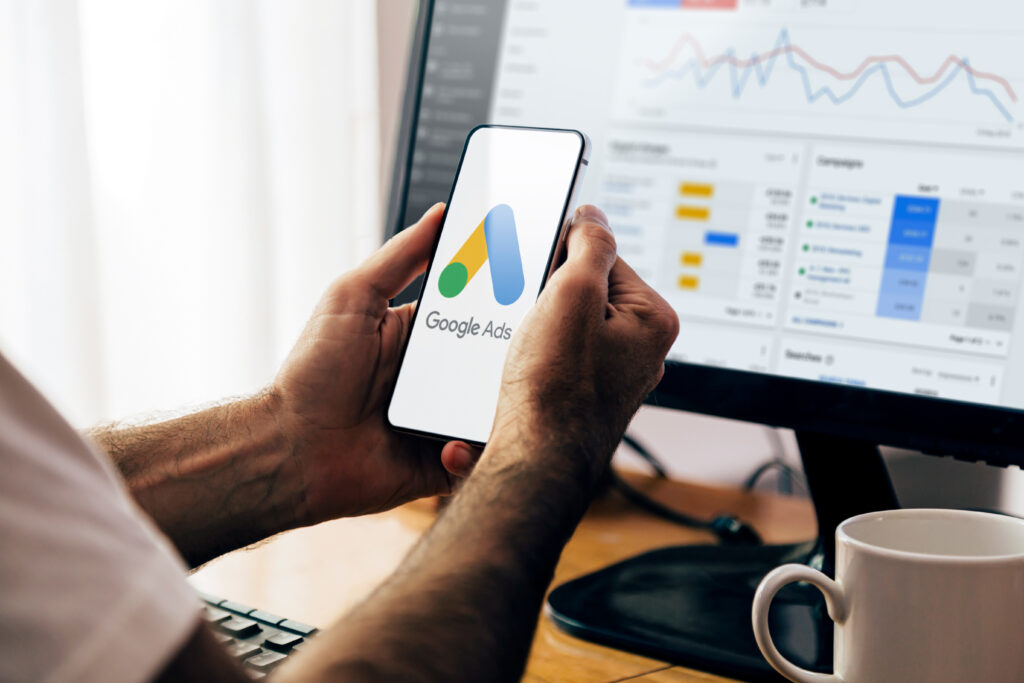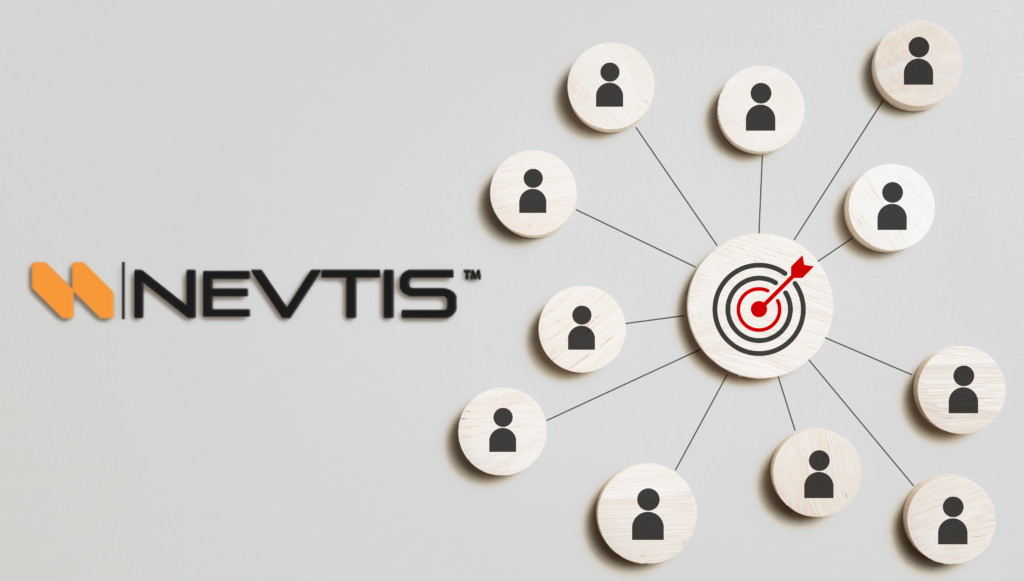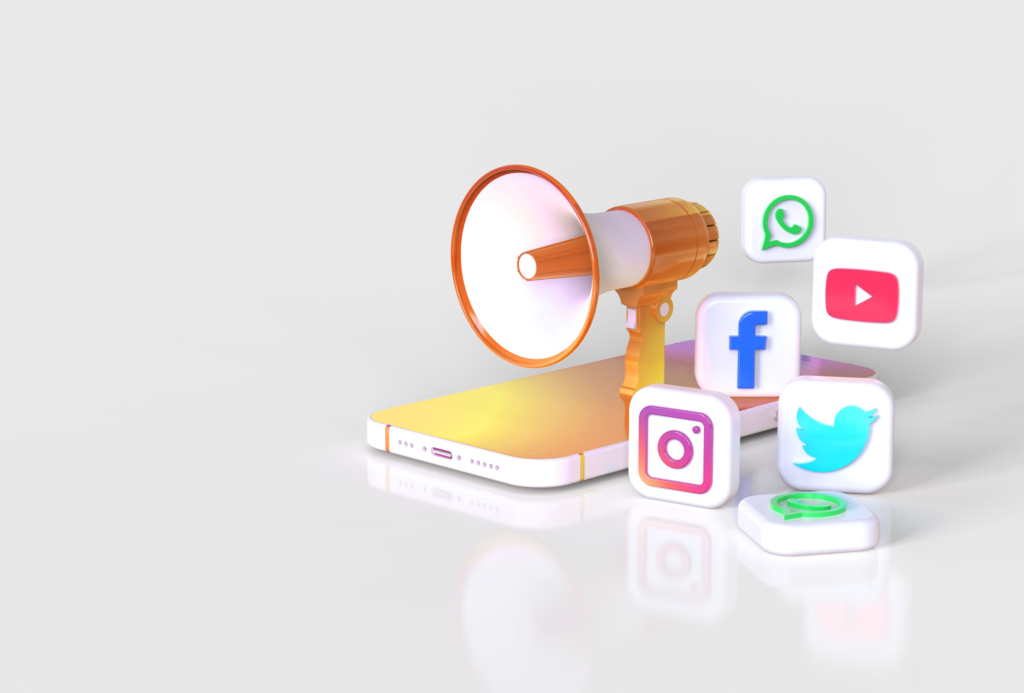The Rise of Hyper-Personalization: How Small Businesses Can Thrive in the Age of Tailored Experiences

The digital landscape is no longer about one-size-fits-all marketing. Customers today expect more. They crave personalized experiences that cater to their individual needs and preferences. This is where hyper-personalization comes in, and it’s no longer just a buzzword for big corporations. Small businesses can harness the power of AI and data analytics to create truly tailored experiences, driving customer loyalty and boosting their bottom line.
Beyond the Basics: What is Hyper-Personalization?
Traditional personalization, like using a customer’s name in an email, is just scratching the surface. Hyper-personalization dives deeper, leveraging AI and data to anticipate customer needs and offer truly bespoke experiences. It’s about understanding individual preferences, behaviors, and even predicting future actions to deliver the right message at the right time.
Think of it this way: traditional personalization is like getting a generic birthday card. Hyper-personalization is like receiving a handwritten note with a gift you’ve been wanting for months. It’s about creating a connection that feels truly personal and valuable.
Hyper-Personalization in Action:
Hyper-personalization manifests in several ways:
- Intelligent Product Recommendations: Forget “customers who bought this also bought that.” Hyper-personalization uses AI to analyze browsing history, purchase patterns, demographics, and even social media activity to offer highly relevant product suggestions. Imagine a local bookstore recommending a newly released novel by your favorite author, based on your past purchases and online reviews.
- Dynamic Pricing (Use with Caution): While dynamic pricing can be a powerful tool, it’s essential to use it ethically. Adjusting prices in real-time based on individual customer behavior, demand, and competitor pricing can be beneficial, but it can also raise concerns about fairness and transparency. Transparency is key here.
- Predictive Customer Service: Imagine a small business using AI to anticipate customer issues and proactively offer solutions. For example, a clothing store could detect that a customer has abandoned their shopping cart and send a personalized email offering assistance with sizing or shipping.
- Tailored Content: Hyper-personalization extends to all forms of content. Imagine a local bakery sending personalized email newsletters featuring recipes and promotions based on your dietary restrictions and past purchases.
- Accessible AI: From AI-powered chatbots to personalized marketing platforms, small businesses can leverage these tools without needing a team of data scientists.
- Data Collection and Analysis: CRM systems, website analytics, and social media insights provide valuable data that small businesses can use to understand their customers better.
- Marketing Automation Platforms: These platforms automate personalized marketing campaigns, making it easier to reach the right customers with the right message.
- Customer Relationship Management (CRM) Systems: A robust CRM is the foundation of any successful hyper-personalization strategy. It’s where you store and manage all your valuable customer data.
Lorem ipsum dolor sit amet, consectetur adipiscing elit. Ut elit tellus, luctus nec ullamcorper mattis, pulvinar dapibus leo.
Strategies for Success:
Implementing hyper-personalization effectively requires a strategic approach:
- Start Small, Think Big: Don’t try to do everything at once. Focus on one or two key areas, like product recommendations or email marketing, and gradually expand your efforts.
- Data is King (and Queen): High-quality data is essential for hyper-personalization. Ensure your data is accurate, up-to-date, and ethically collected.
- Segment Your Audience: Divide your customers into smaller groups based on demographics, behavior, and preferences to deliver more targeted experiences.
- Test and Optimize: Continuously test and refine your hyper-personalization strategies to ensure they are delivering the desired results.
The Ethical Tightrope: Navigating Data Privacy and Transparency
Hyper-personalization relies on data, and it’s crucial to handle that data responsibly:
- Data Privacy: Be transparent about how you collect and use customer data. Obtain explicit consent and comply with regulations like GDPR.
- Transparency is Key: Be upfront with customers about how their data is being used for hyper-personalization. Building trust is paramount.
- Avoid the “Creep Factor”: Personalization should enhance the customer experience, not make them feel like their privacy is being invaded. Find the right balance between personalization and privacy.
- Bias in AI: Be aware of the potential for bias in AI algorithms and take steps to mitigate this risk.
The Future of Hyper-Personalization:
As technology continues to evolve, hyper-personalization will become even more sophisticated. Emerging technologies like AI-powered chatbots and virtual reality offer exciting new possibilities for creating immersive and personalized customer experiences. One thing is certain: customer expectations for personalized experiences will only continue to rise.
Conclusion:
Hyper-personalization is no longer a luxury—it’s a necessity for small businesses looking to thrive in today’s competitive market. By embracing data-driven strategies and prioritizing ethical considerations, small businesses can create truly personalized experiences that foster customer loyalty, drive sales, and build lasting relationships. The future of business is personal, and the time to embrace hyper-personalization is now.


 English
English 
































































































































































